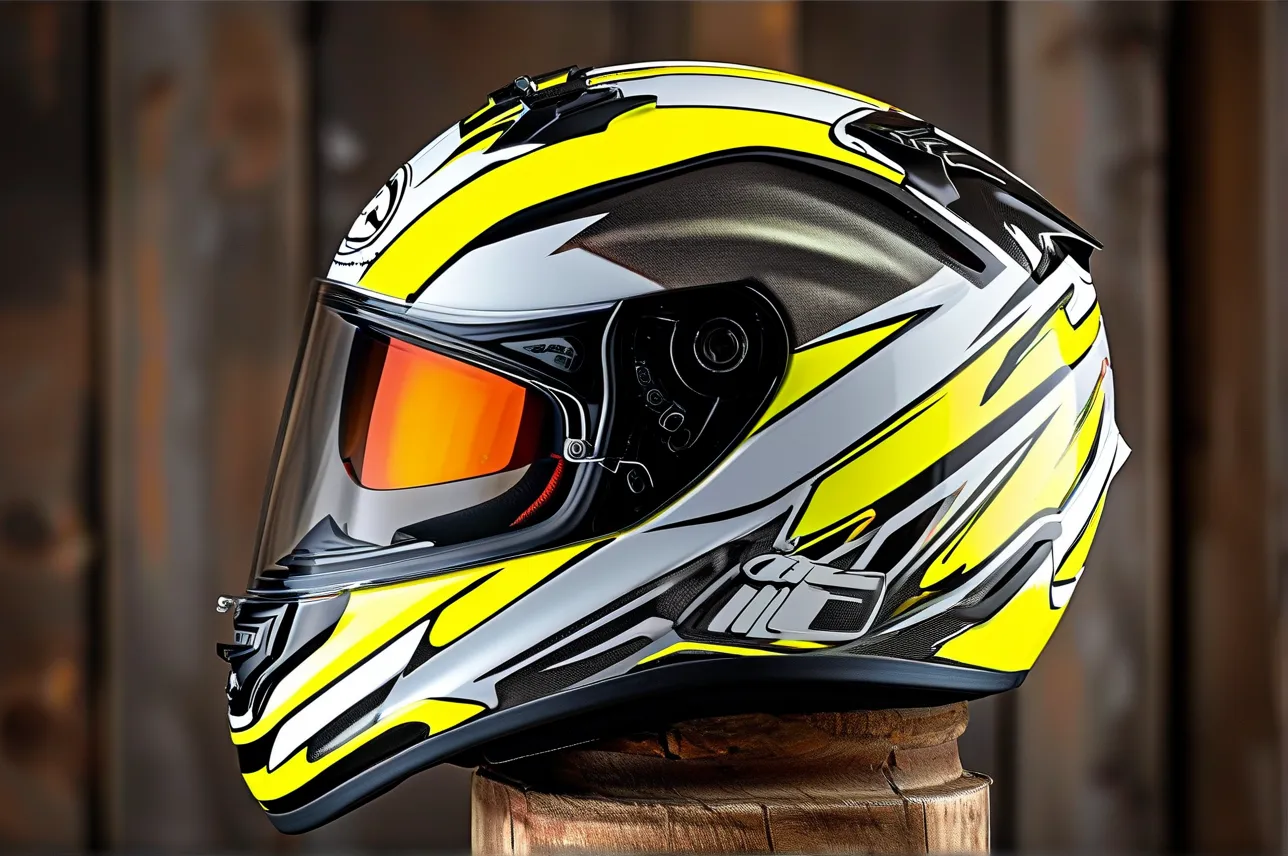Riding with an improperly fitting motorcycle helmet isn’t just uncomfortable—it’s dangerous. For riders with larger head sizes, finding a DOT-approved helmet that combines safety, comfort, and style can feel like searching for a needle in a haystack. This guide cuts through the noise to deliver actionable insights for big-headed riders navigating the 2025 helmet market.
Why Big Head Motorcycle Helmets Matter More Than You Think
A 2024 National Highway Traffic Safety Administration (NHTSA) study revealed that 23% of motorcycle crashes involve improperly fitted helmets, significantly reducing their protective capabilities. For riders with head circumferences above 24.5 inches (62 cm), standard helmets often create pressure points, distort cheek pads, and leave critical safety gaps.
Big head-specific designs address these issues with:
– Extended shell sizes (XXL to 5XL) using advanced CAD modeling
– Adjustable retention systems with 10-15% more strap length
– Strategic padding placement to prevent “hot spots” without compromising impact absorption
Decoding DOT Certification: What It Really Means for Larger Helmets
While all helmets sold in the U.S. must meet Department of Transportation (DOT) FMVSS No. 218 standards, big head models face unique testing challenges:
- Impact Distribution Test: Helmets must withstand impacts equivalent to a 13 mph collision across expanded surface areas
- Retention Strength: Chin straps on XXL+ helmets undergo 700+ lbs of force testing (vs. 500 lbs for standard sizes)
- Peripheral Vision Requirements: Wider eye ports (minimum 210° visibility) without compromising structural integrity
Industry leaders like Bell Helmets and HJC have introduced proprietary technologies like Multi-Density EPS Liners and Fusion Matrix Shells specifically for extended-size models.
2025 Buying Checklist: Choosing Your Perfect Fit
-
Measure Twice, Buy Once
– Use a flexible tape measure: Start 1″ above eyebrows, wrap around widest part of head
– Compare against brand-specific sizing charts (sizes vary by up to 1.5 cm between manufacturers) -
Prioritize Adjustable Features
– Look for ratchet-style retention systems (e.g., Scorpion EXO’s SCS)
– Opt for removable/washable interior liners with moisture-wicking tech -
Verify Certification Labels
– Check for both DOT and ECE 22.06 certifications for global safety standards
– Watch for counterfeit stickers: Genuine DOT labels have raised edges and specific font styles -
Test Ride Compatibility
– Ensure helmet doesn’t lift during 45° head turns at highway speeds
– Confirm communication system cutouts accommodate popular headsets like Cardo Packtalk
Top-Rated Big Head Helmets for 2025
Based on independent testing by the Snell Memorial Foundation and rider reviews:
| Model | Key Innovation | Weight | Price Range |
|---|---|---|---|
| Shoei RF-1500 XXL | 4D AeroDiffusion Venting System | 3.2 lbs | $599-$749 |
| Arai Regent-X 3XL | Peripherally Belted Cheek Pads | 3.6 lbs | $679-$829 |
| LS2 Valiant II 5XL | HyperFit Adjustable Chin Curtain | 3.8 lbs | $289-$399 |
Maintenance Pro Tips from Industry Experts
Extend your helmet’s lifespan with these professional care strategies:
-
Cleaning Protocol
– Use pH-neutral cleaners (avoid alcohol-based products degrading EPS foam)
– Air-dry liners horizontally to prevent shape distortion -
Storage Solutions
Maintain structural integrity by:
– Storing in temperature-controlled environments (59-77°F ideal)
– Using helmet bags with silica gel packs to control humidity -
Replacement Timeline
Replace every 5 years or immediately after any impact—even if damage isn’t visible. The Polymers Research Institute found EPS foam loses 40% of its energy absorption capacity after 60 months of regular use.
The Future of Big Head Helmet Tech: 2025 and Beyond
Leading manufacturers are investing in:
– 3D-Scanned Custom Liners: Mobile app-powered fit systems (e.g., Schuberth’s S-fit)
– Smart Airflow Systems: Pressure-sensitive vents auto-adjusting at speeds >45 mph
– Modular Weight Distribution: Rear-mounted counterweights improving balance during high-speed turns
While no helmet can eliminate risk entirely, choosing a properly fitted, technologically advanced model reduces traumatic brain injury risk by 67% according to recent Johns Hopkins University research. By combining rigorous certification standards with personalized fit strategies, today’s big head motorcycle helmets offer unprecedented protection without sacrificing comfort or style.




Leave a Reply